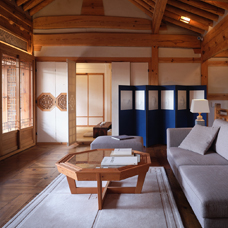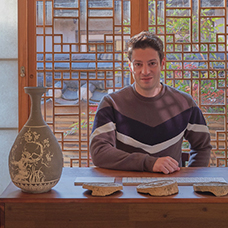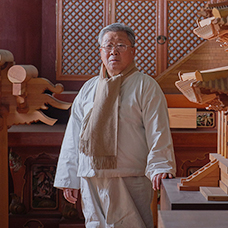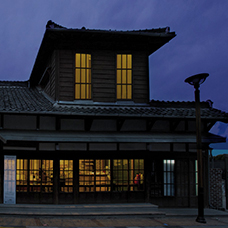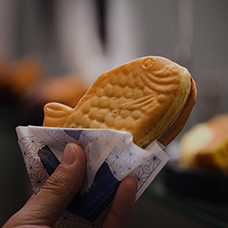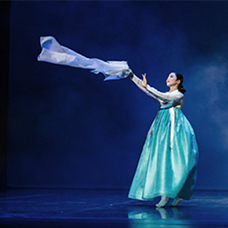Best Winter Snack
Bungeoppang
Bungeoppang, or a fish-shaped bun filled with sweetened red bean paste, is a popular Korean street snack in winter. Contrary to its name, which literally means “crucian carp bread,” bungeoppang has no fish in it. Despite being sold at fewer pojangmacha (tented food kiosks), the snack remains a favorite of both the old and new generations.
Written by Kim Samuel Photographed by Studio Kenn

Pojangmacha is undeniably part of Korea’s unique culinary landscape. The wheeled food cart with a tent is equipped with cooking utensils and tables and mainly sells simple snacks. The savory smell of baked bread has many Koreans smacking their lips thanks to the maker’s nimble fingers and the rotating movement of the iron bread mold. Bungeoppang is a cheap snack that has long provided comfort during the cold winter months and serves as a reminder of Korea’s past.
Today, fewer places sell bungeoppang and its price has greatly risen. Just ten years ago, KRW 1,000 used to be enough to buy five to ten pieces. Nowadays, however, with the rising cost of living, fears over sanitary practices, a crackdown on illegally operating pojangmacha that has considerably reduced the latter’s number and changing tastes in the country, the same amount now buys just two or three.
Shifts in Recipes and Image
-
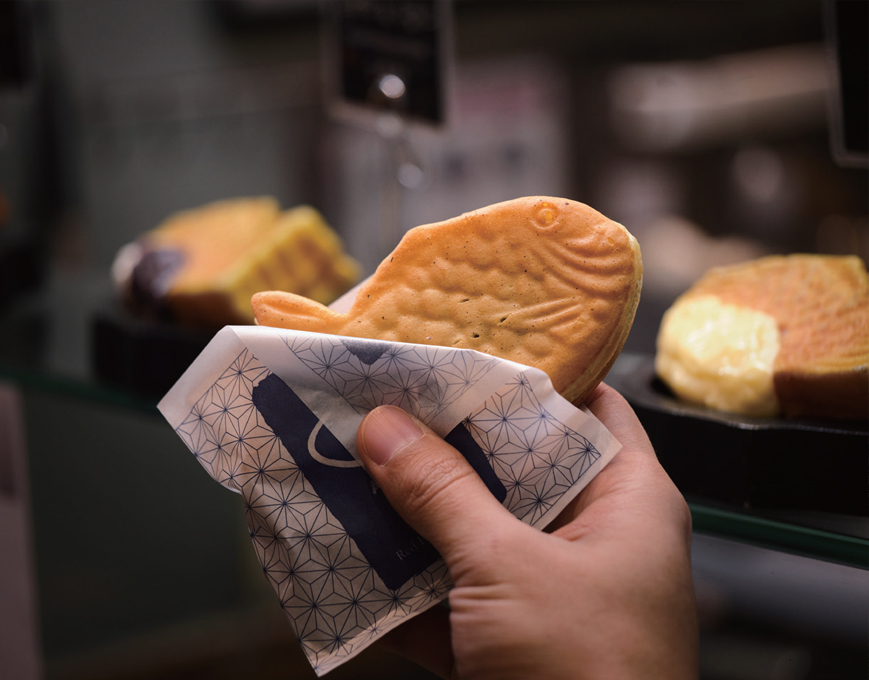
Can a person’s character be determined from how he or she eats bungeoppang? A pseudo-psychological test using the snack is a regular subject of online conversation every winter. Someone who eats the head first is said to have strong leadership skills, while one who starts with the tail is deemed prudent. Eating the fillingfilled belly first is considered the trait of a sociable person, and one who eats the crispy dorsal fin first is supposed to engage in solo contemplation.The taste of bungeoppang has been diversified. Baked in an iron mold, the snack might look the same in shape but differs in filling. The standard used to be boiling red beans, crushing and grinding them into a paste, and then sweetening it, but bungeoppang filled with soft custard cream was invented for those who shun the unique fragrance of red beans sweetened with sugar. For example, ream cheese-filled bungeoppang basked in popularity after being introduced on TV programs, and was followed by a chocolatefilled version. And a premium concoction features filling croissant pie dough with a variety of ingredients such as apple mango or sweet potato instead of flour dough.
To meet the public’s growing demand for a pojangmacha map to find bungeoppang by type, a guide based on Google Maps appeared in 2017. Daedong Pulppang Yeojido is named after Daedongyeojido, a historical map of the Korean Peninsula published in 1861 by Joseon Dynasty cartographer Kim Jeong-ho. The new map initially covered kiosks selling bungeoppang but now includes those hawking many variations of pulppang (a roundshaped snack filled with red bean paste) and hotteok (fried sweet bun).
-
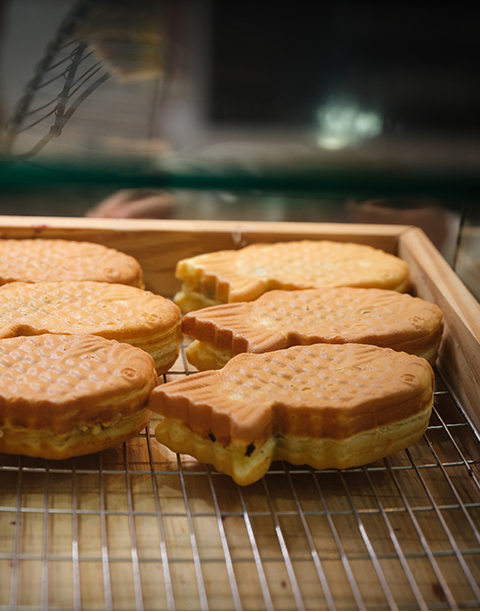
Bungeoppang literally means in Korean “carp bread.”
Evolution of Taste
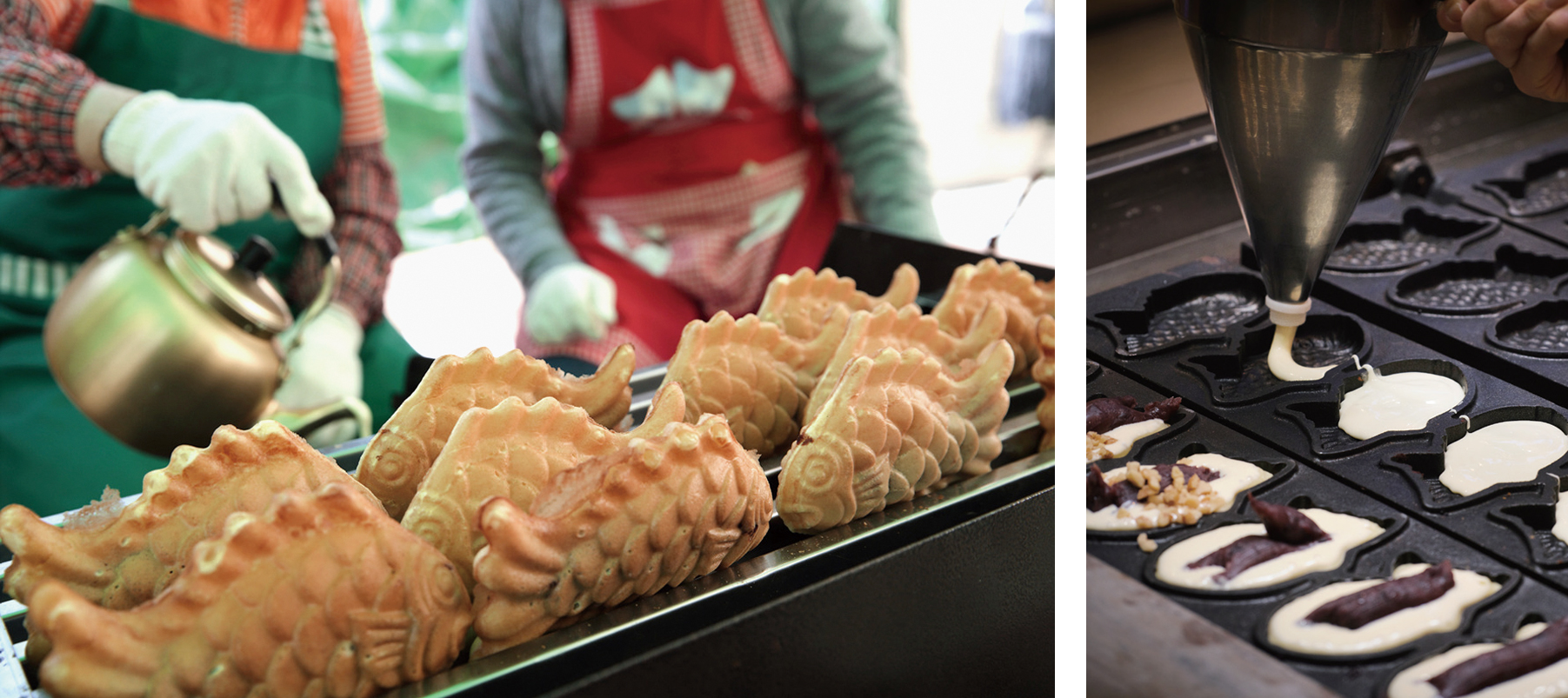
Freshly baked bungeoppang is best eaten fresh out of the mold. © SeongNam First Presbyterian Church
An iron mold is used to make bungeoppang.
“I want to quit my job and sell bungeoppang.” This common joke in Korea used to express high job dissatisfaction attests to how easy it is to set up a pojangmacha selling the snack. Yet ingeoppang, which literally means “common carp bread,” is outselling bungeoppang these days. So how are they different?
Though both snacks show similar traits, they considerably differ in taste. Bungeoppang has a light taste because of its thick and crisp dough made from flour and with an overall round shape. The color of its red bean filling cannot be seen from the outside. Ingeoppang has a tender and chewy taste with the addition of glutinous rice and butter to the flour dough. Its thin dough creates a transparency exposing the red bean filling. Another difference is the amount of oil oozing out of the paper bag each snack is packed in.
The resurgence in demand for bungeoppang is also thanks to its availability via delivery, microwaveable versions sold at grocery stores and an incantation in ice cream form. Iron molds to make the snack at home are even available on Amazon.com. So decades of tradition could be preserved through the trend of retro culture and the continued evolution of one of Koreans’ favorite winter snacks, bungeoppang.

